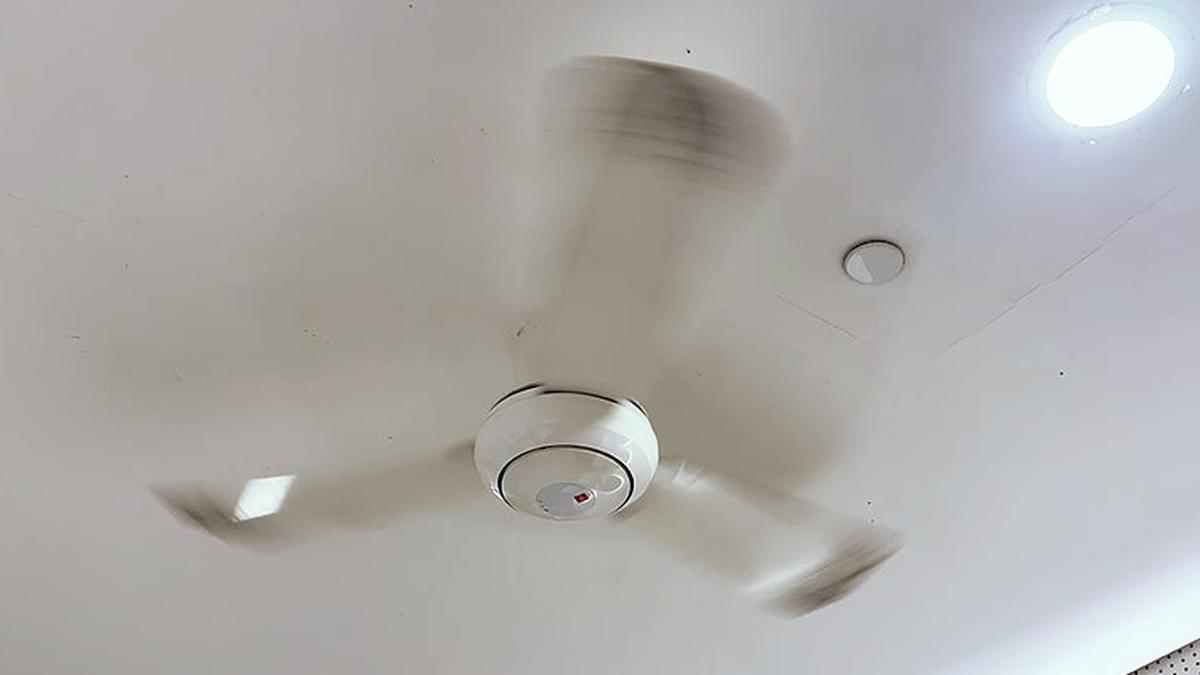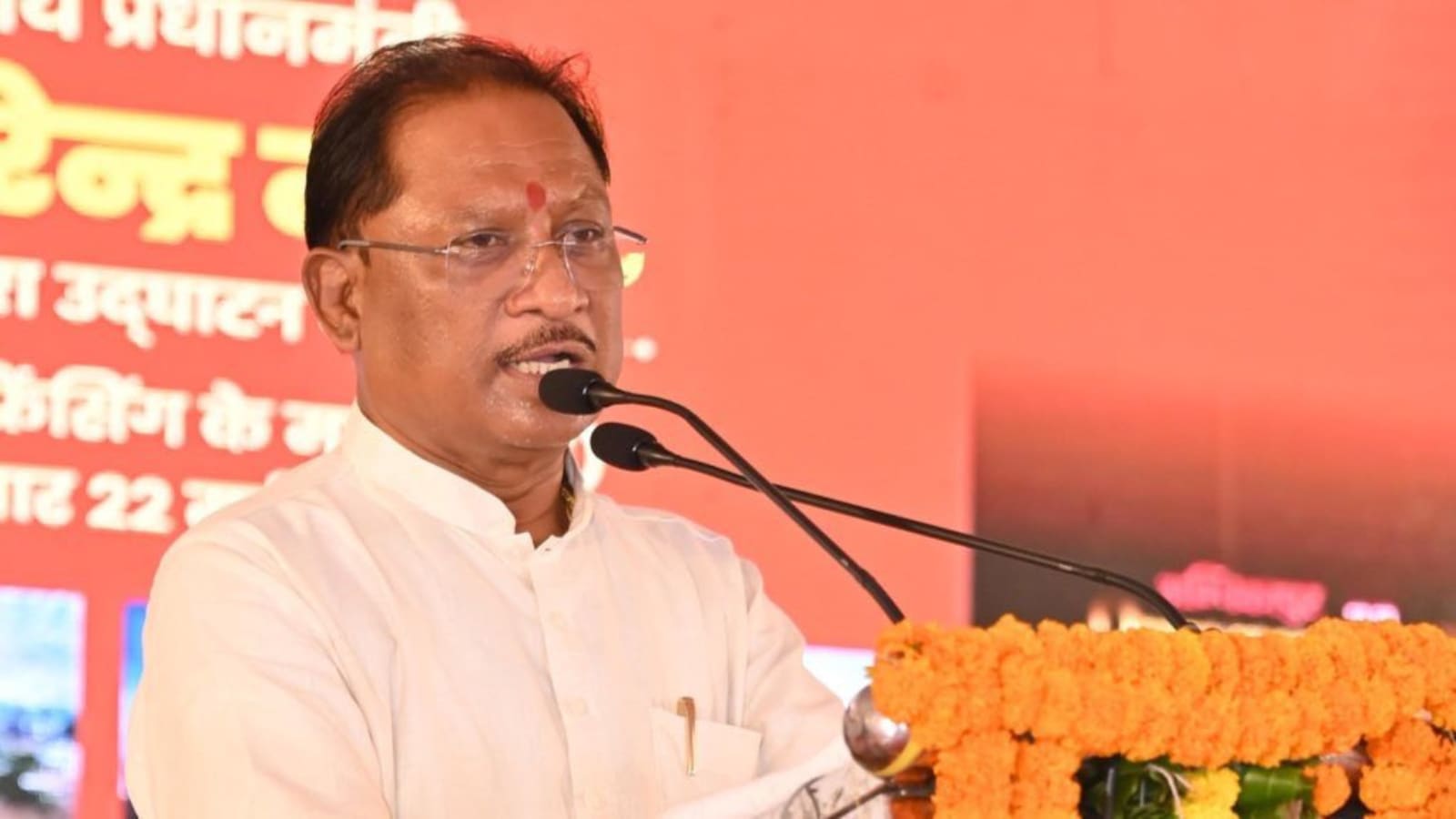The Supreme Court on May 26 agreed to hear on May 27 an application filed by the State of Karnataka questioning a direction to release Transferable Development Rights (TDR) certificates worth over ₹3,000 crore for 15 acres and 17.5 guntas of Bangalore Palace ground, acquired for widening the Ballari and Jayamahal roads, to the legal heirs of the erstwhile Mysuru royal family.
The direction was passed in an order pronounced by the apex court on May 22.
Though Chief Justice of India B.R. Gavai agreed to list the case on May 27, the top judge asked senior advocate Kapil Sibal, appearing for the State, how a direction in a judgment of a Coordinate Bench of the apex court could be appealed this way.
Sibal’s submission
Mr. Sibal, who made an oral mentioning, said the application was not an appeal. “How can TDR for ₹3,011.66 crore be given for just 15 acres of land when appeals challenging the acquisition of the larger extent of land measuring 472 acres under the Bangalore Palace (Acquisition and Transfer) Act, 1996 are still pending here? Many of the points raised by us did not even come up [in the May 22 order],” Mr. Sibal submitted.
Advocate T. Harish Kumar, who appeared for the legal heirs of the erstwhile royals, said the application was infructuous. The TDR certificates had already been handed over on May 23. He said the case had gone through three separate rounds of litigation.
Extent of compensation
“The State has been directed to part with nearly ₹3,011.66 crore of valuable TDR for land (purported use of 15 acres 17.5 guntas) it does not seek to, or has ever utilised (except for 1,271 sq. m.). The Bangalore Palace (Acquisition and Transfer) Act, 1996 fixes an amount of ₹11 crore as compensation for an extent of 472 acres. The BPAT Act 1996 has been upheld by the High Court of Karnataka,” the State’s application, prepared by senior advocate V.N. Raghupathy, states.
Mr. Sibal argued that while the appeals against the BPAT Act were pending, the Supreme Court had set aside the 1996 law in ‘parallel proceedings’, and by applying a procedure for payment of compensation under Section 14B of the Karnataka Town and Country Planning Act, 1961.
The senior advocate asked how a provision introduced into the KTCP Act in 2004 be retrospectively applied to set aside an acquisition dating back to 1996.
“Section 14B will only apply if a local planning area or any public authority requires an area for a public purpose. This acquisition is based on a legislative enactment and, therefore, Section 14B cannot apply because it is not on the basis of a local planning area and public authority requiring an area held by a private person for a public purpose,” the State of Karnataka argued.
Free from encumbrances
Further, the application stated that once a notification of acquisition was issued and the owner had voluntarily handed over possession of a land area free from any encumbrance, compensation ought to have been ordered under the Land Acquisition and Rehabilitation and Resettlement Act of 2013.
“This court could not have applied Section 14B to an acquisition that had already taken place in 1996, and secondly, even more pertinent is the fact that the court has taken the value of land in 2024, and on the basis of that, granted TDR in the amount of ₹3,011.66 crore, thereby enhancing the compensation on the basis of statutory provisions not applicable,” the application submitted.
The May 22 order had made it clear that the complainants (legal heirs) would file an undertaking before the Supreme Court that the receipt of TDR would be subject to the outcome of civil appeals challenging the BPAT Act.
Published - May 26, 2025 12:44 pm IST



.png)
.png)
.png)
















 1 week ago
7
1 week ago
7










 English (US) ·
English (US) ·